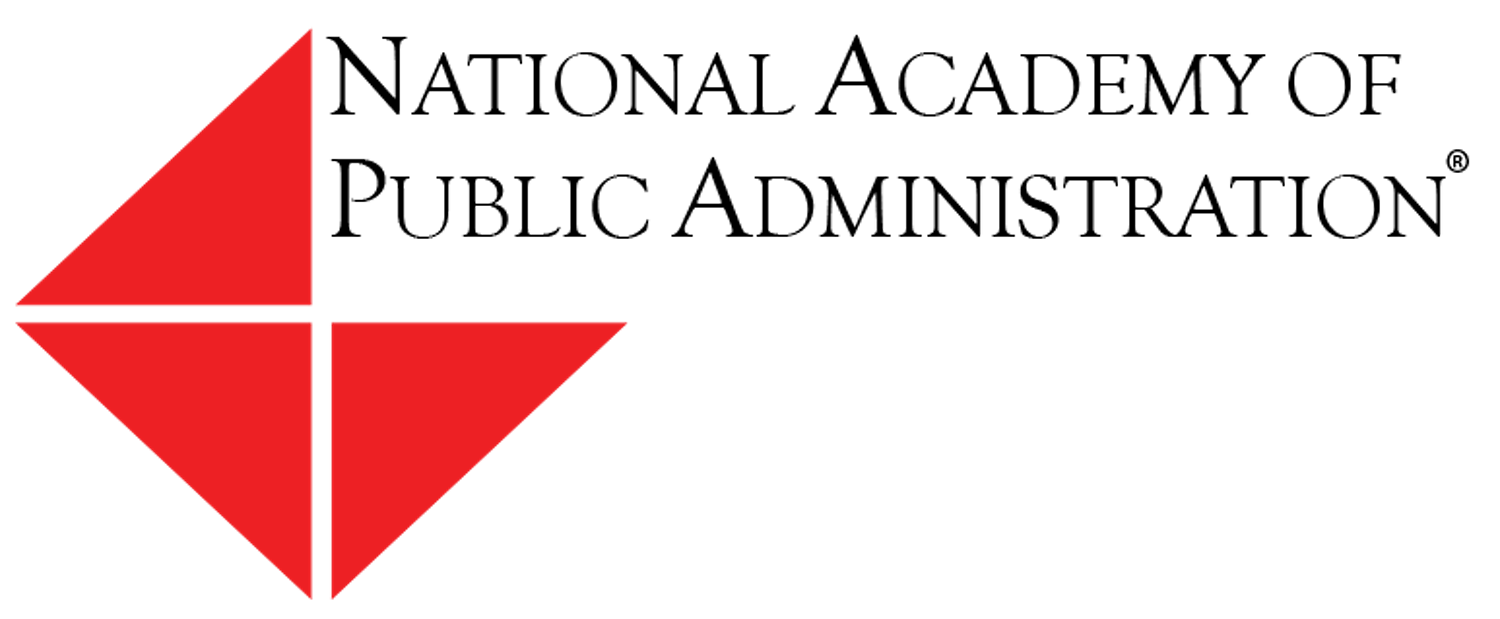
How does evidence-based decision-making help enhance the public service experience?
Post Date: May 10, 2017
By: Demetra Nightingale
Career civil servants are the foundation of government. Rules and procedures ensure consistency and compliance with laws. But the large federal bureaucracy also creates some unpleasantness that can lead to inefficiencies--such as an inordinately slow pace, complex levels of clearance, and procedures that rarely, if ever, get changed. Using evidence to make decisions and manage programs helps civil servants and their bureaucracies use best practices in management and improve agency performance.
The current federal evidence-based policy agenda has gained traction in the U.S. over the past two decades. The term “evidence” is used in many different ways, but fundamentally means using information that is produced through systematic analysis of results. Evidence includes results from performance measurement and findings from formal program evaluations.
A few examples from the U.S Department of Labor show how evidence can improve government effectiveness:
- Learn from “what works.” Findings from rigorous independent evaluations can identify the impact of policies or programs; that is “what works” and what added value a program produces, compared to what would have happened without the program. Administrators and staff can use the results to increase emphasis on strategies that have proven effectiveness, and sometimes decrease emphasis on those that do not prove effective. Evaluations of registered apprenticeship training, for example, have shown positive net impacts, and the Department of Labor justified increased funding based on the evidence.
- Test innovations. Formal evaluations of pilots and demonstrations can test innovative promising practices that could produce better outcomes than current strategies. Results of evaluations of demonstrations of career pathways training, which combine post-secondary education with job training for a specific occupation or industry, were strong enough to justify continued funding of these employer-demand training models, and continued evaluations to build the evidence base.
- Improve data quality. Statistical analysis can explore the relationships among various performance measures – either those already being used, or those being considered. Administrators can use this analysis to establish appropriate goals or targets and hold programs accountable for quantified results. Statistical analysis of employment services to veterans found that those who received services from staff who specialized in veterans issues had better employment and earnings outcomes that those who received services from general staff. This evidence helped the Veterans Employment and Training Service revise reporting data items to allow further analysis of subgroups of veterans, as well as targeting veterans who required the most help.
- Maintain performance even when funding is limited. Evidence can help make resource decisions when funds are limited. Regular analysis of performance measures in the Occupational Safety and Health Administration (OSHA) revealed that balancing inspections to firms in certain high risk industries was an efficient way to maintain and even increase performance, and reduce workplace injuries.
Public servants are responsible for the efficient functioning of government. Having good data, sound analysis, and rigorous evaluations can help them achieve better outcomes. Like all workers, their job satisfaction rises when they know they have achieved their objectives.
Demetra Smith Nightingale is an Academy Fellow and an Institute Fellow at the Urban Institute, Professorial Lecturer at George Washington University, and former Chief Evaluation Officer U.S. Department of Labor.